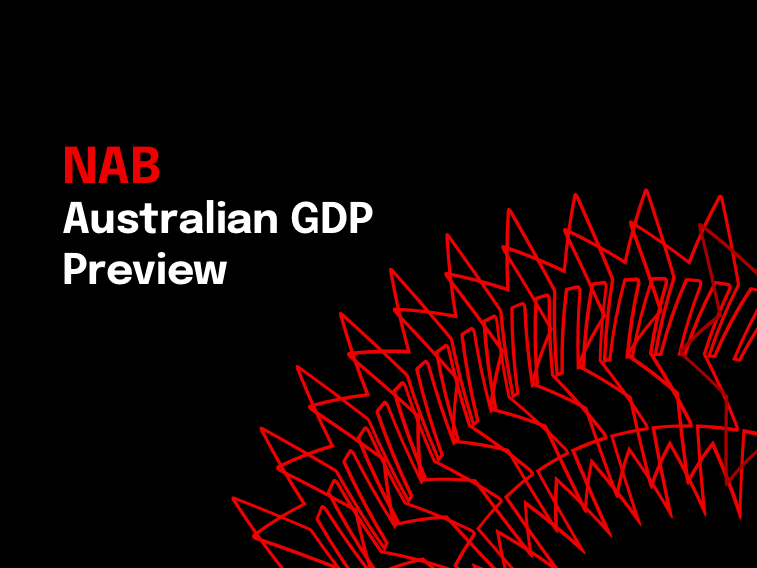A private sector improvement to support growth


Insight
Consumer anxiety eases as concerns over jobs, the cost of living and government policy continue to moderate.

The NAB Consumer Anxiety Index fell to 59.2 points in Q3 2016 (60.2 in Q2 2016) to its lowest level in more than 3 years.
According to NAB Group Chief Economist Alan Oster: “Consumers felt less stressed about their jobs, government policy and the cost of living, with anxiety related to their health spending and retirement funding unchanged”.
The cost of living, along with government policy, is still the biggest driver of overall consumer anxiety. But with low inflation persisting, cost of living anxiety fell to its lowest level since the Survey began in early 2013.
“It was pleasing to see just 1 in 4 Australian consumers now reporting “high” anxiety over their cost of living, compared to more than 1 in 3 in mid-2014” said Mr Oster.
By state, consumer anxiety was highest in Queensland and lowest in NSW and Victoria.
Women were far more anxious than men, particularly those aged 30-49 who were also the most anxious across all demographic groups.
“Women reported higher stress for all drivers of anxiety, especially when it came to their retirement funding and the cost of living, and women aged 30-49 were also one of the very few groups still reporting above average levels of anxiety” said Mr Oster.
Despite lower levels of overall anxiety, consumer spending behaviours are still very conservative and dominated by spending on “essentials” such as paying down debt, utilities and medical expenses.
“On a positive note, however, we have loosened our purse strings a little with fewer consumers cutting back on non-essential spending” said Mr Oster.
Australians were also less anxious in regards to their current financial position, with all drivers of household financial stress causing less concern.
Financing retirement, providing for our family’s future, health expenditure and the ability to raise emergency funds remain the biggest drivers of financial stress.
In an attempt to measure financial resilience, Australian consumers were asked for the first time to rate how well they have been able to cover their basic living expenses and any unforseen financial expenses such as a major home or car repair in the last 12 months.
Australian consumers believe they are only “moderately” placed to cover their basic living expenses.
“Men were better placed than women in all age groups to meet their basic living expenses and unforseen expenses. Having a higher income also helps a lot” said Mr Oster.
Looking forward, NAB expects moderate but easing household consumption growth over the next few years, with real household consumption growth forecast to average around 2.7% for 2016, before slowing to 2.1% in 2017 and 2.3% in 2018.
The NAB Consumer Behaviour Survey (formerly the NAB Australian Consumer Anxiety Index) was launched in April 2013 in conjunction with the NAB Australian Wellbeing Index with the aim of assessing perceptions of consumer stress and wellbeing.
The NAB Australian Consumer Behaviour Survey provides a subjective assessment of over 2,000 Australian’s own concerns about their future spending/savings plans based on their job security, health spending, financial security for retirement, cost of living and government policies.
The NAB Consumer Behaviour Survey is complemented by the NAB Australian Wellbeing Index which provides a snapshot of how more than 2,000 Australians perceive their own lives based on life satisfaction, life worth, happiness and anxiety.
For further analysis download the full report:
© National Australia Bank Limited. ABN 12 004 044 937 AFSL and Australian Credit Licence 230686.